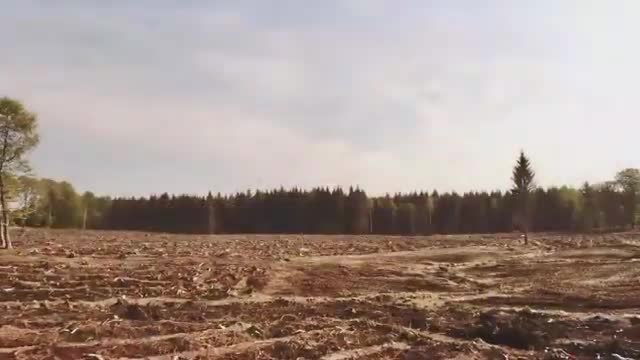County faces drainage crisis as maintenance issues worsen
July 18, 2024 | Gates County, North Carolina

This article was created by AI summarizing key points discussed. AI makes mistakes, so for full details and context, please refer to the video of the full meeting. Please report any errors so we can fix them. Report an error »

In a recent government meeting, officials highlighted critical drainage issues affecting agricultural productivity and timber production in the county. With approximately one-third of the county's 216,000 acres comprised of wetlands and riparian areas, effective drainage systems are essential for managing water flow and supporting local ecosystems.
A significant concern raised was the lack of maintenance of these drainage systems, which has deteriorated over the past 30 years due to budget constraints. Sediment and organic material buildup in ditches has reduced their capacity, leading to flooding in small communities and impacting agricultural lands. The Stream Flow Rehabilitation Assistance Program (STRAP) was mentioned as a potential resource for cleaning and restoring these vital drainage areas.
Additionally, beaver populations have emerged as a challenge, particularly in areas where habitat preservation is crucial. The county participates in the Beaver Management Assistance Program (BMAP) through USDA Wildlife Services, but limited staffing has made it difficult to manage beaver-related flooding effectively.
Invasive species, such as alligator weed, were also noted as a growing concern in local tributaries. Officials urged the public to help mitigate flooding by avoiding littering, which can obstruct drainage systems. Furthermore, improper herbicide use in ditches was identified as a contributing factor to standing water issues, as it kills vegetation that stabilizes soil and maintains drainage capacity.
The discussions underscored the need for coordinated efforts to address these environmental challenges, emphasizing the importance of maintaining drainage systems for the health of both the community and the local ecosystem.
A significant concern raised was the lack of maintenance of these drainage systems, which has deteriorated over the past 30 years due to budget constraints. Sediment and organic material buildup in ditches has reduced their capacity, leading to flooding in small communities and impacting agricultural lands. The Stream Flow Rehabilitation Assistance Program (STRAP) was mentioned as a potential resource for cleaning and restoring these vital drainage areas.
Additionally, beaver populations have emerged as a challenge, particularly in areas where habitat preservation is crucial. The county participates in the Beaver Management Assistance Program (BMAP) through USDA Wildlife Services, but limited staffing has made it difficult to manage beaver-related flooding effectively.
Invasive species, such as alligator weed, were also noted as a growing concern in local tributaries. Officials urged the public to help mitigate flooding by avoiding littering, which can obstruct drainage systems. Furthermore, improper herbicide use in ditches was identified as a contributing factor to standing water issues, as it kills vegetation that stabilizes soil and maintains drainage capacity.
The discussions underscored the need for coordinated efforts to address these environmental challenges, emphasizing the importance of maintaining drainage systems for the health of both the community and the local ecosystem.
View full meeting
This article is based on a recent meeting—watch the full video and explore the complete transcript for deeper insights into the discussion.
View full meeting
